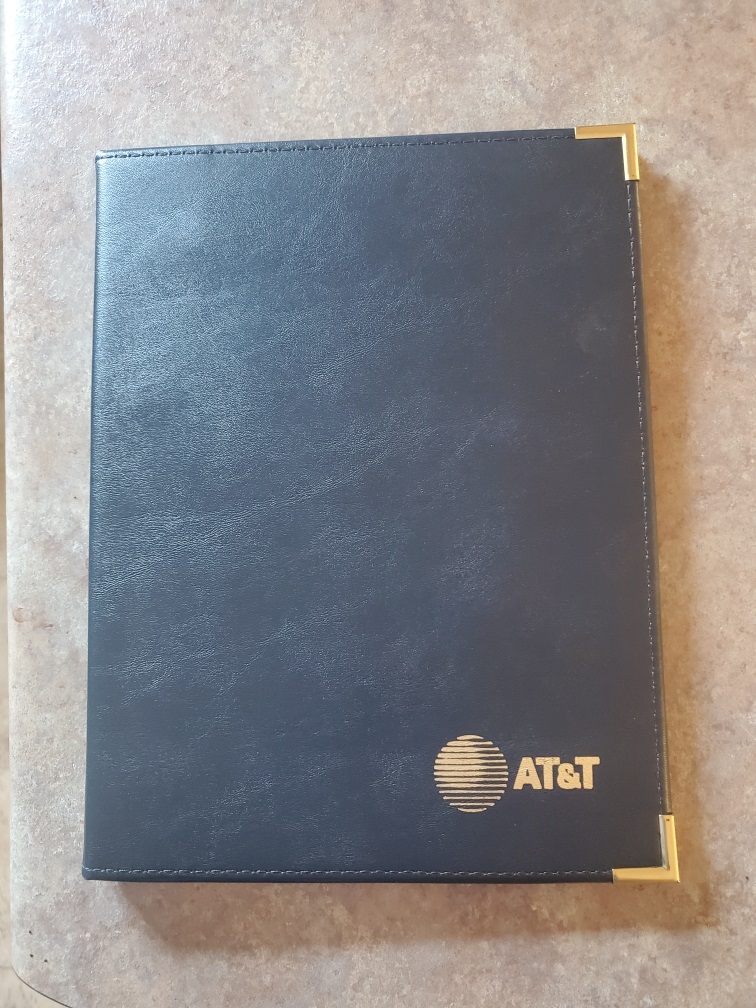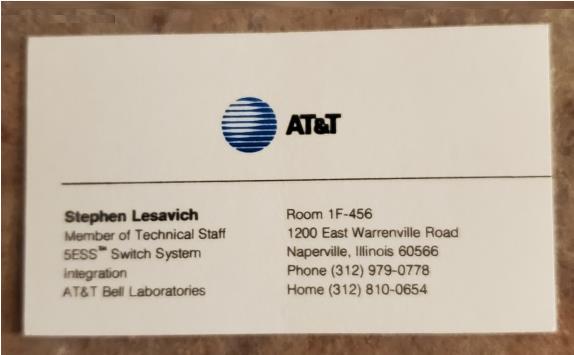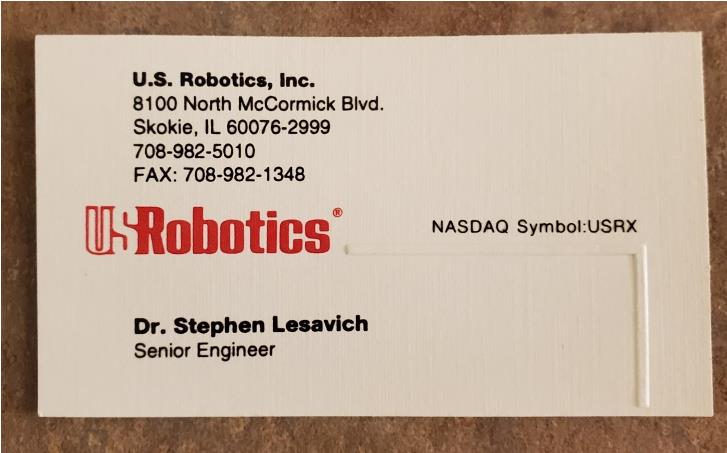
Listen to this blog post:
One buzzword I am seeing a lot lately is “onboarding.”
Onboarding is defined as “the action or process of integrating a new employee into an organization.”
As an attorney and a business coach, that made me think about something.
I wonder how onboarding has changed in corporate America since I experienced it myself?
Let me tell you another true story.
In my previous career as a professional software engineer, I worked for two tech companies, AT&T Bell Laboratories and U.S. Robotics both located in the suburbs of the City of Chicago.
AT&T Bell Labs, was part of the old Bell System monopoly and is credited for the development of radio astronomy, the transistor, laser, photovoltaic cells, charge-coupled devices (CCD), information theory, Unix operating system and the C and C++ programming languages.
U.S. Robotics was a start-up company that produced computer modems and related products. At that time U.S. Robotics was selling computer modems operating at 300 baud to connect to networks.
I went through two very different, but similar, onboarding processes in those days.
At that time, the AT&T Bell Labs onboarding procedure was very well defined. After I was offered and accepted employment at Bell Labs, I received a welcome letter with instructions on how to report for the first day of work, where to park, etc. I reported to HR and I filled out employment paperwork and had a photograph taken for my security badge.
I met my mentor, who was a male employee in my new technical group. He showed me to my office. My name was already on the door and I was handed a leather AT&T notepad folder with my business card inserted.
My mentor showed me around the facilities including where the cafeteria, bathrooms, research labs, etc. were.
He took me out to lunch personally on my first day. My department head who managed a department with several hundred people stopped by to personally say hello during my first day. On my second day, my supervisor took me out to lunch personally and sent out a company memo introducing me as a new employee.
It was the practice of the Lab Director, who managed several thousand people, to write a personal hand-written note to each new employee at AT&T Bell Labs and to stop by and say hello to personally deliver the note.
At U.S. Robotics, the onboarding procedure was slightly different but also very well defined. I received the same kind of welcome letter, did the same HR visit, etc. However, at U.S. Robotics, I was assigned a mentor who was a female employee, who was not in my new technical group. She was called a “Robo Buddy” instead of a mentor.
She showed me around the facilities including where the cafeteria, bathrooms, computer lab, etc. were.
I was shown to my office and my name was already on the door. On my desk were business cards and a glass coffee cup with my name printed on the cup.
My Robo Buddy took me out for lunch my first day.
On my first day, I was also introduced to the founder and CEO of the company. He chatted with me for about ten minutes just to get to know me personally a little better. On my second day, my supervisor took me out to lunch personally sent out a company memo introducing me as a new employee.
At U.S. Robotics, my Robo Buddy was not part of my new technical group. It was the philosophy of U.S. Robotics at that time to assign a Robo Buddy who was not part of the same technical group so if any issues came up with a new employee they could be addressed by someone who would analyze the situation from a more neutral point of view.
I did some research to try to figure out if anything had changed in onboarding practices being used with new hires in corporate America.
I found an article on Ineed.com about Best Onboarding Practices. According to that article, it does not seem like much has changed for the onboarding process in the past few decades in corporate America.
However, from my own clients at my law firm and my business coaching practice, I know many companies are using new onboarding practices.
What new things are now being included in the onboarding process for new employees?
- Digital Onboarding is being used. Many companies have moved to a digital onboarding process. This includes the use of online platforms for completing necessary employee paperwork, virtual tours of the office and facilities and digital handbooks, etc. The digital onboarding provides immediate access to online resources and also includes formal and informal interaction with new colleagues over video calls. Many companies now have a hybrid process that includes digital onboarding for completing electronic forms etc. and still includes a personal onboarding process with actual in-person human interaction and giving new employees modern company swag. As an example, I have a client who uses digital onboarding but still does in person onboarding and gives new hires modern company swag such as water bottles, cell phone holders for their desk and vehicles, head phones, ear buds, backpacks, etc.
- Cell Phone Polices are being included during Onboarding. Many companies now include cell phone policies during the onboarding process clearly outlining when and where personal cell phone use is permitted or prohibited. Such personal cell phone policies typically include guidelines on: (1) the use of personal cell phones around sensitive or confidential information for the company including where photos can be taken on company property; (2) IT security and data security for the use of personal cells phones on company networks; (3) the use personal cell phones to answer calls and conduct personal business during the workday, etc. to minimize distractions and keep productivity high in the workplace. As an example, I have a client who is a medical doctor and one of his cell phone policies provided during onboarding is to make new hires aware that all his medical staff place their cell phones in a basket in the break room each morning when they arrive at work. The medical staff is only allowed to use their personal cell phones at lunch and on breaks.
- Social Media Polices are being included during Onboarding. Many companies now include social media policies during the onboarding process. Such social media policies include training on how to appropriately use their own personal social media accounts in the workplace and teaching new hires how to use the company’s social media accounts to become employee influencers for the company. New hires are taught how to create, post, comment on, and share social media content for the company. According to one study, when social media polices are part of the onboarding process, new hires develop a better understanding of the company, quickly integrate themselves into the company and its culture, develop a sense of being part of a team and are more likely to continue their employment with the company, leading to better retention rates for new hires. As an example, I have a client that encourages all new hires to follow all existing employees on their personal social media accounts and the company social media accounts and encourages all existing employees to follow all new hires on their personal social media accounts. This creates new followers and new connections on all the company, new hire, and existing employees, social media accounts creating new and valuable connections.
Updating your onboarding process can help make a positive impact in your organization.
Out There on the Edge of Everything®…
Stephen Lesavich, PhD
Copyright © 2024, by Stephen Lesavich, PhD. All rights reserved.
Certified solution-focused life coach and experienced business coach.
Other Business related posts and podcasts:
Leadership,Career/Calling,Communications,Risk,Hiring
![]()















Add comment